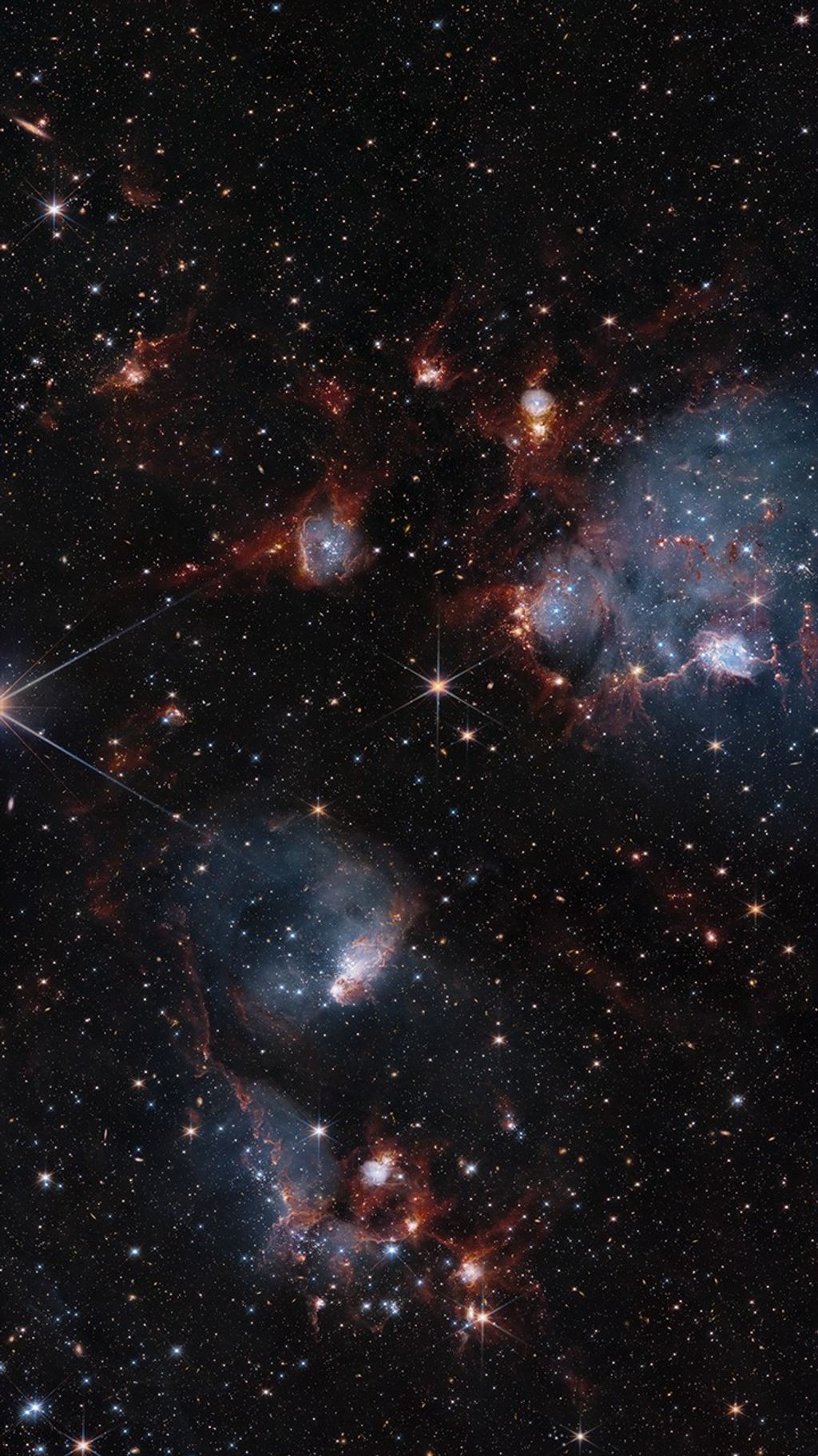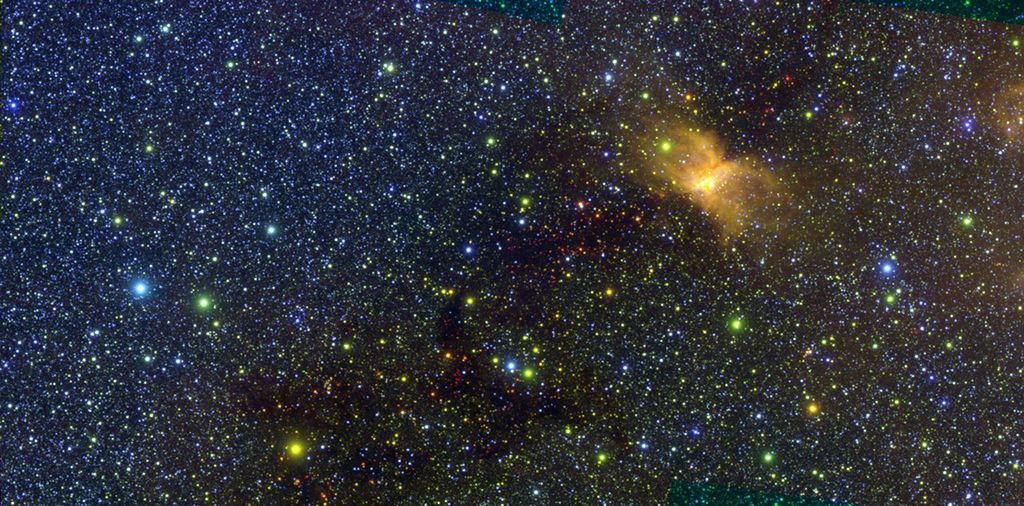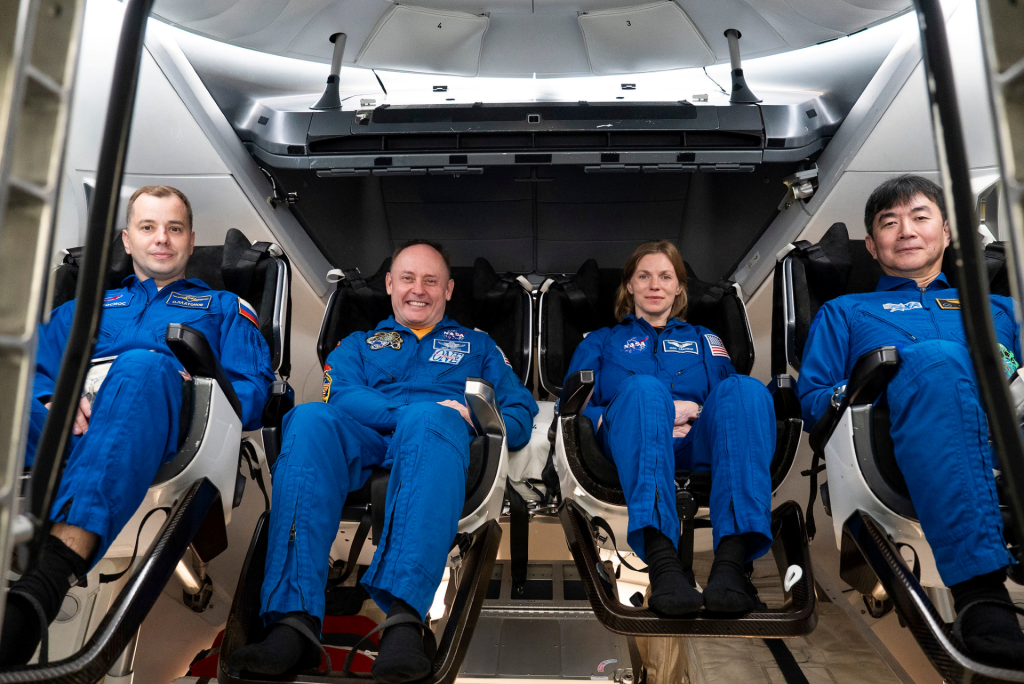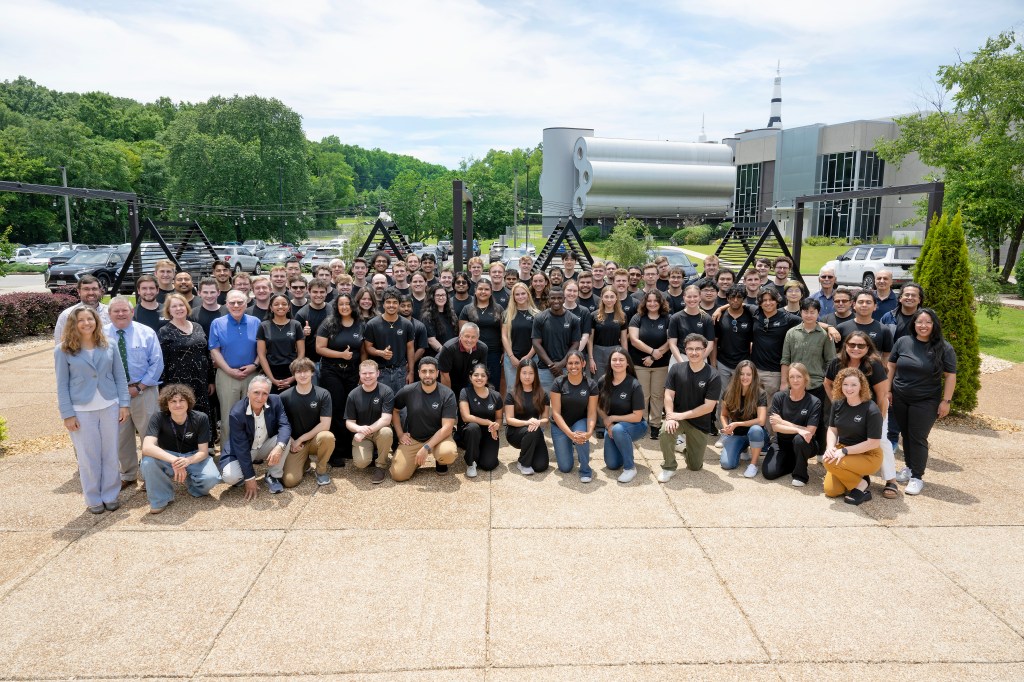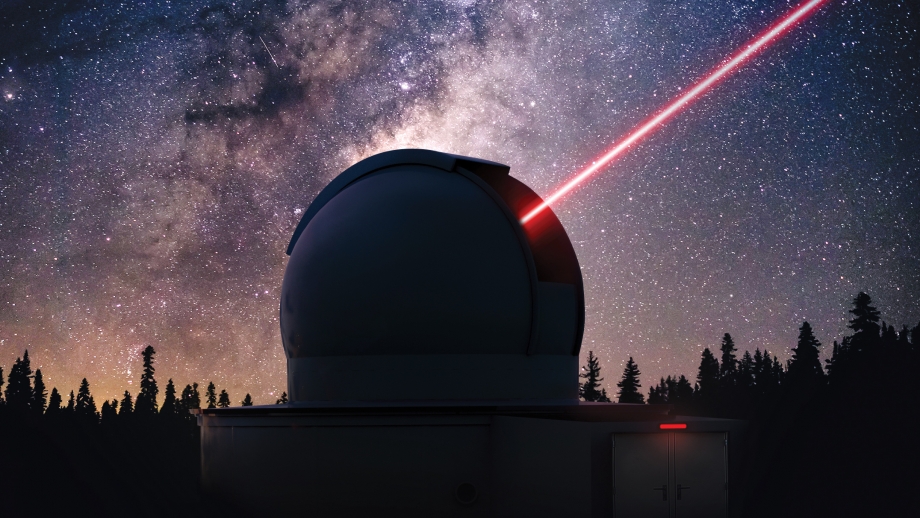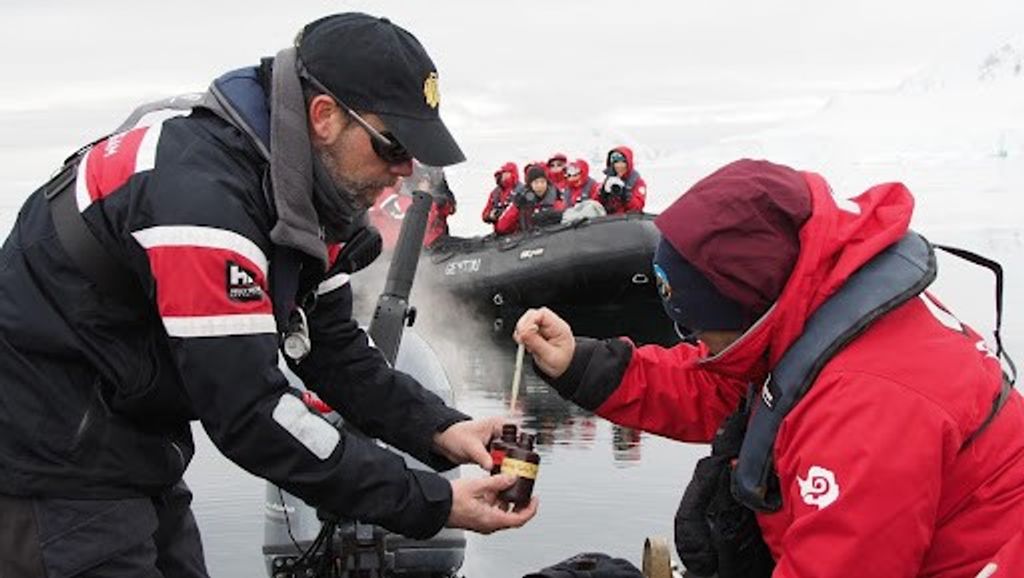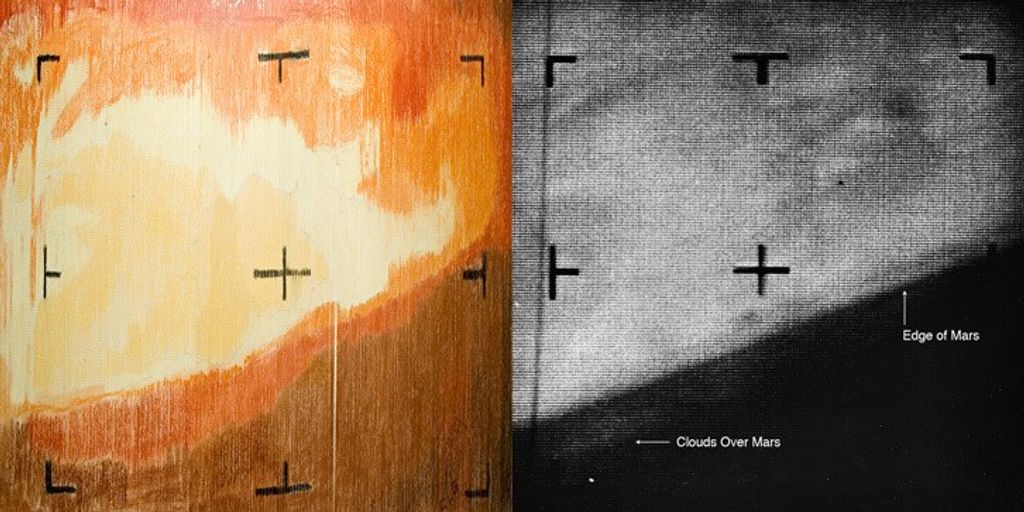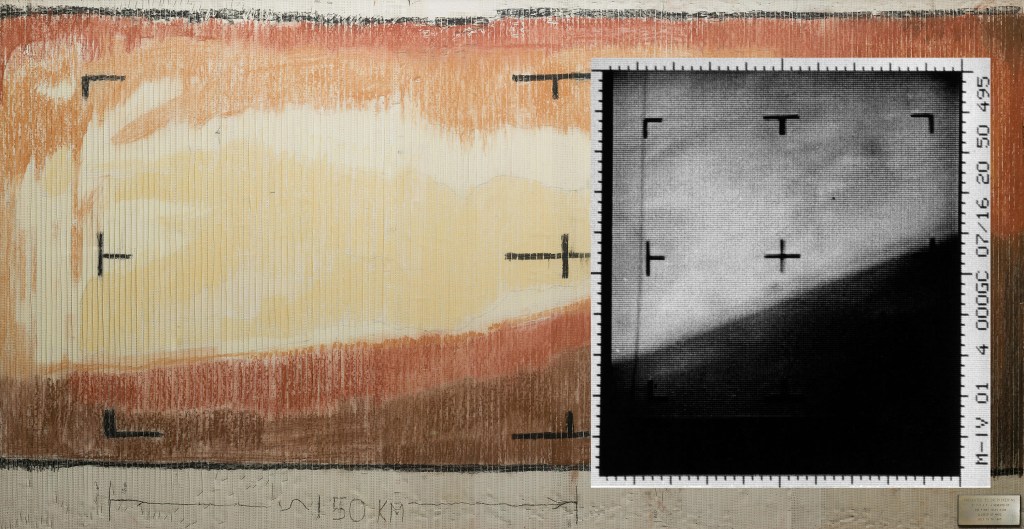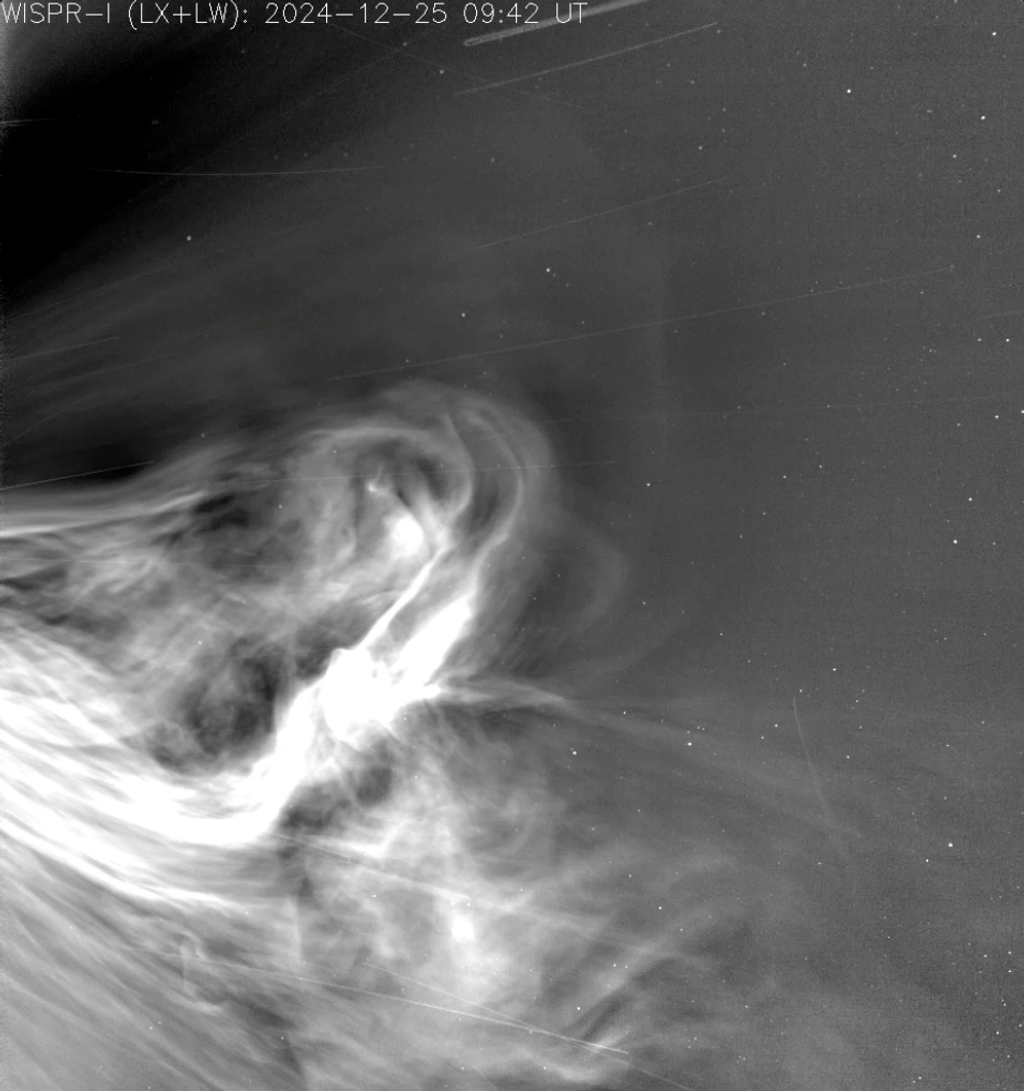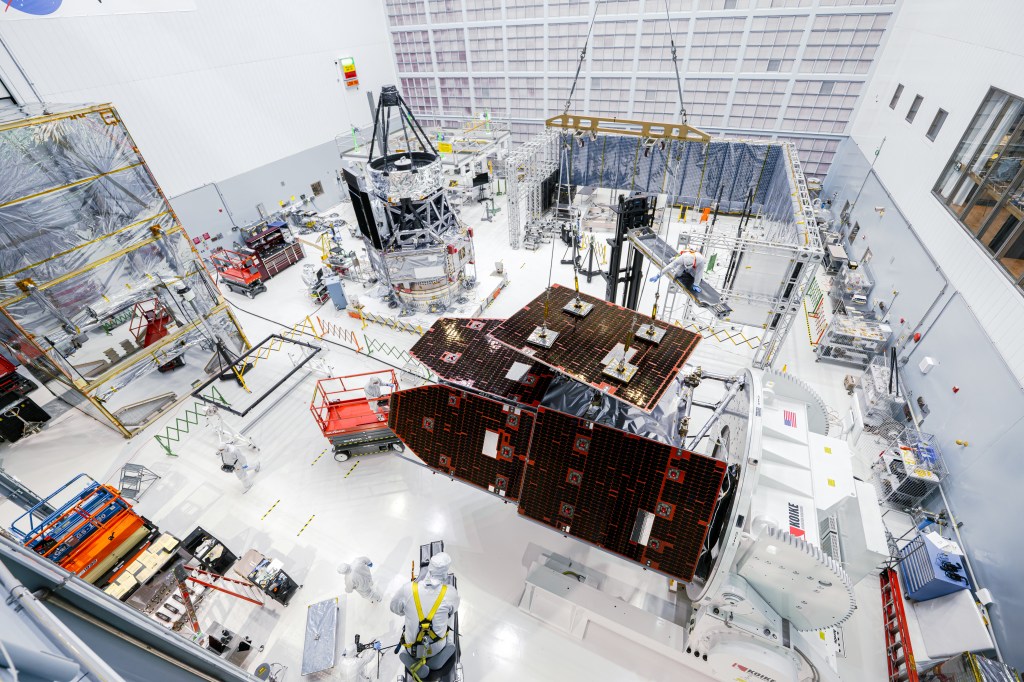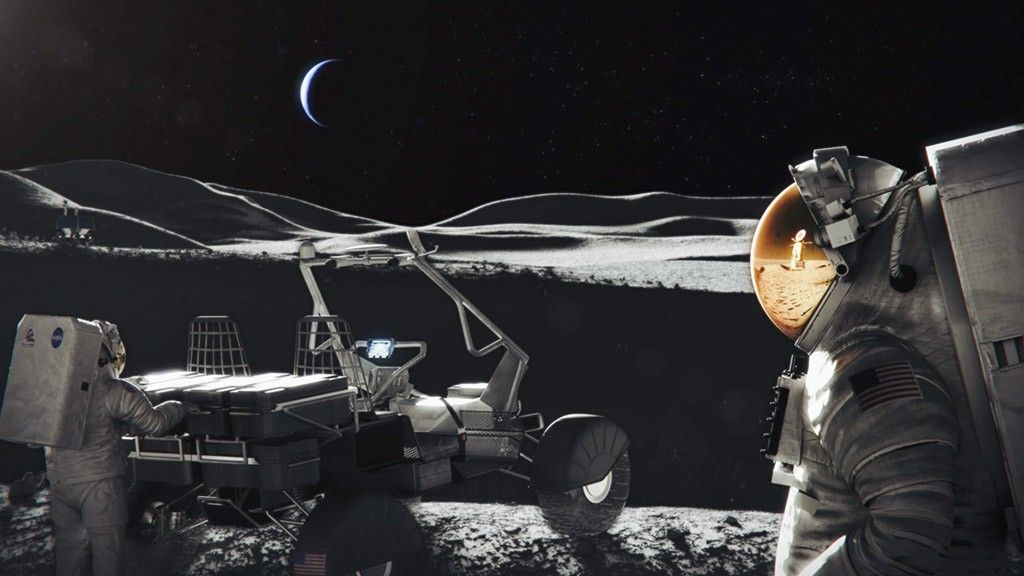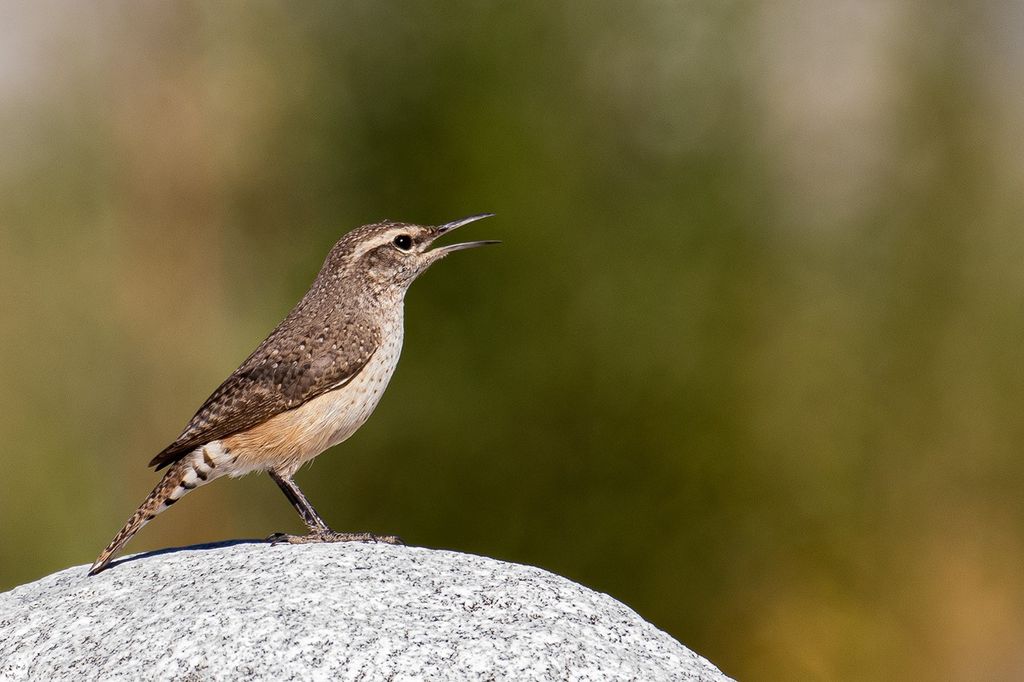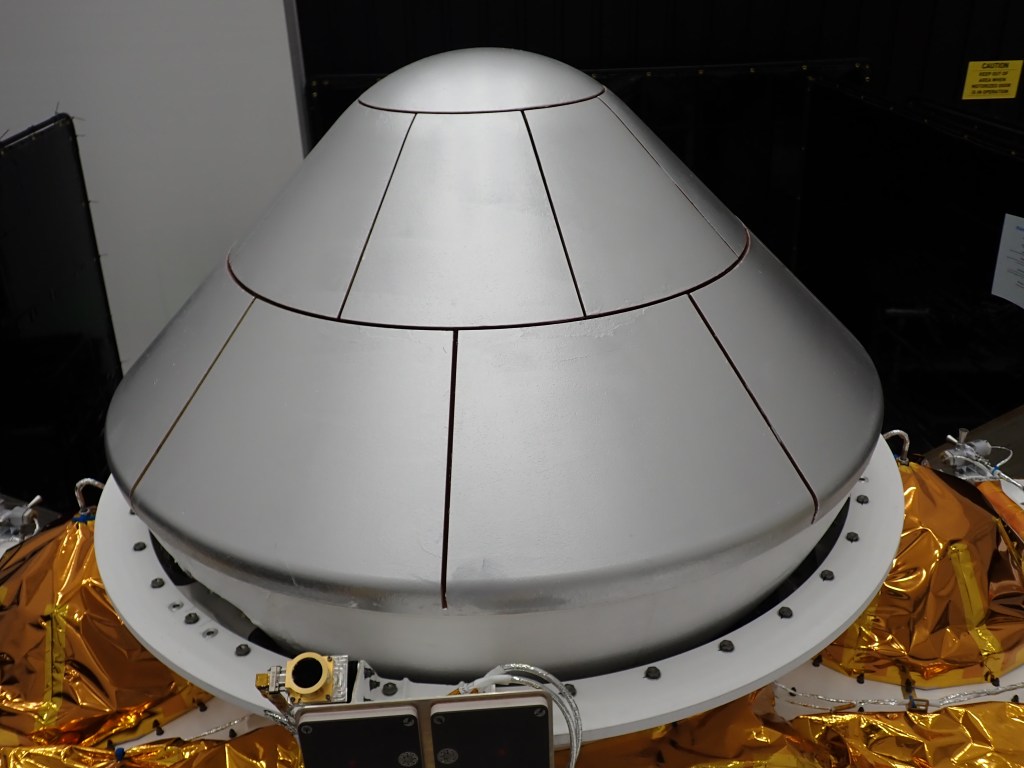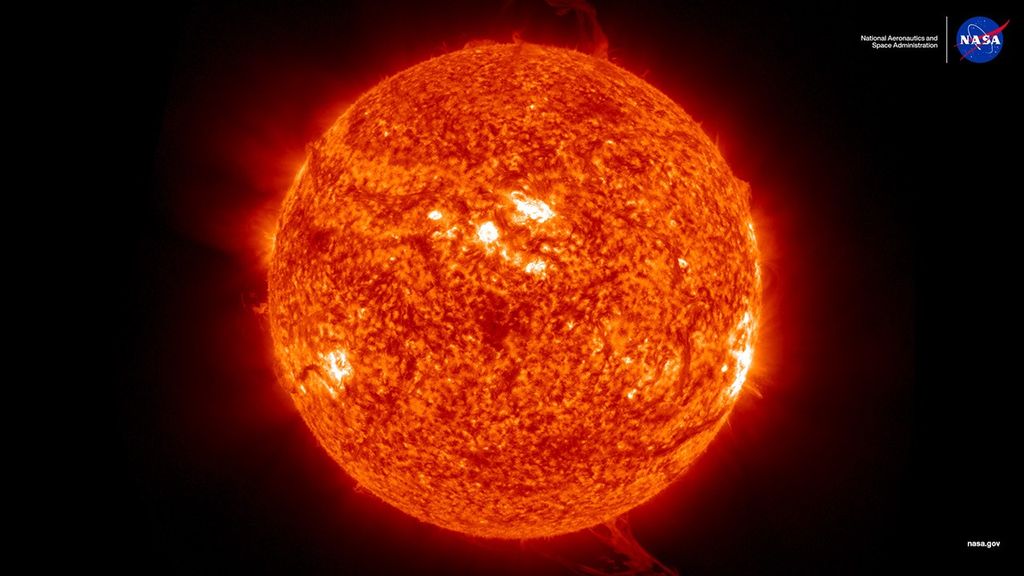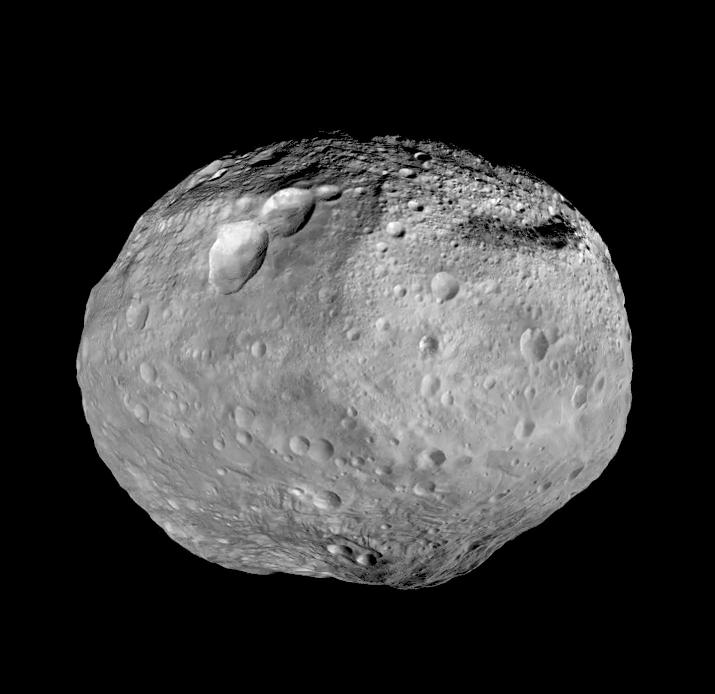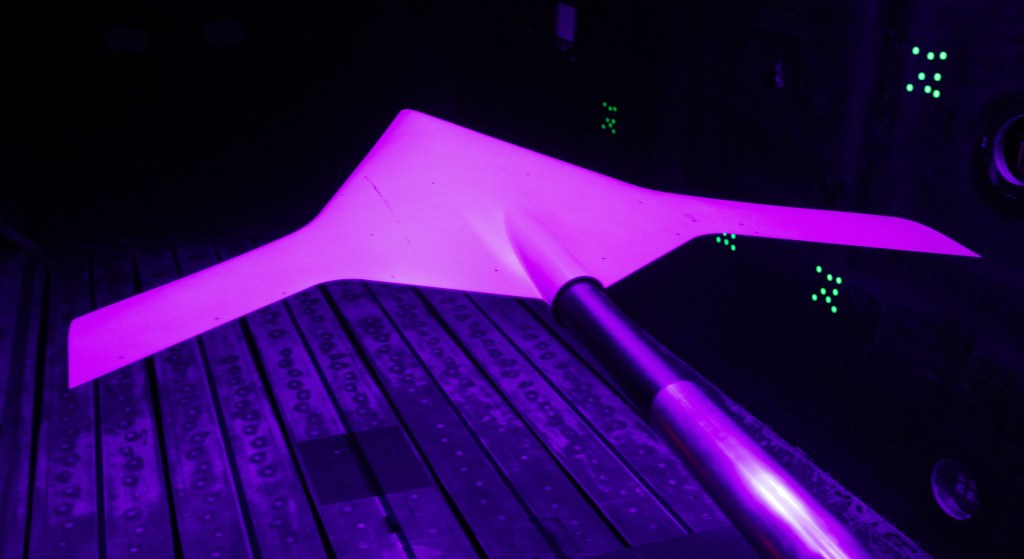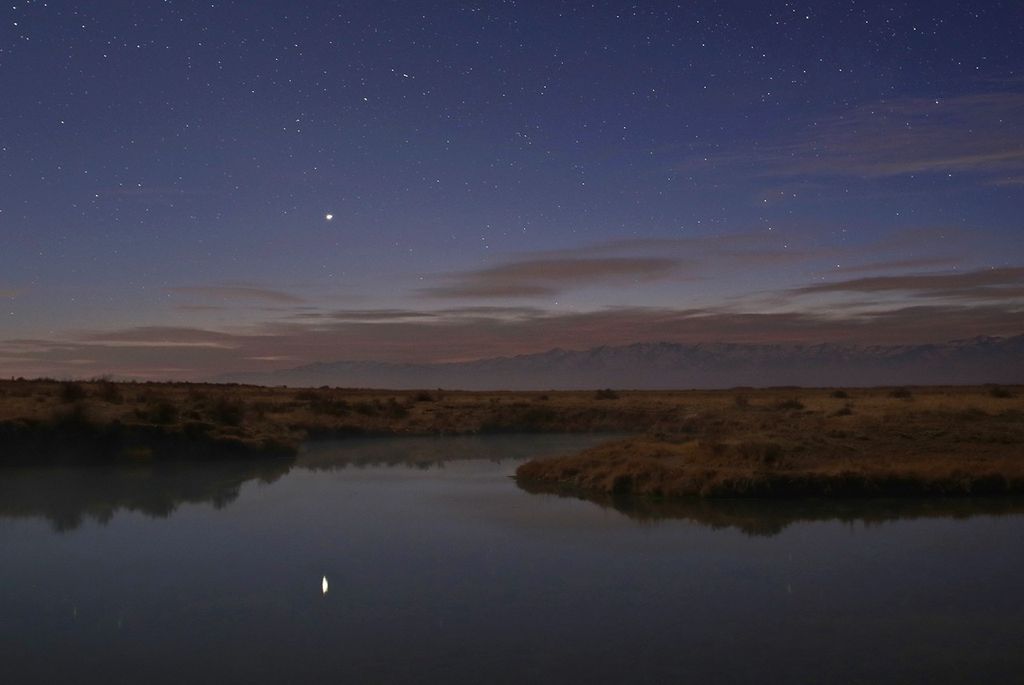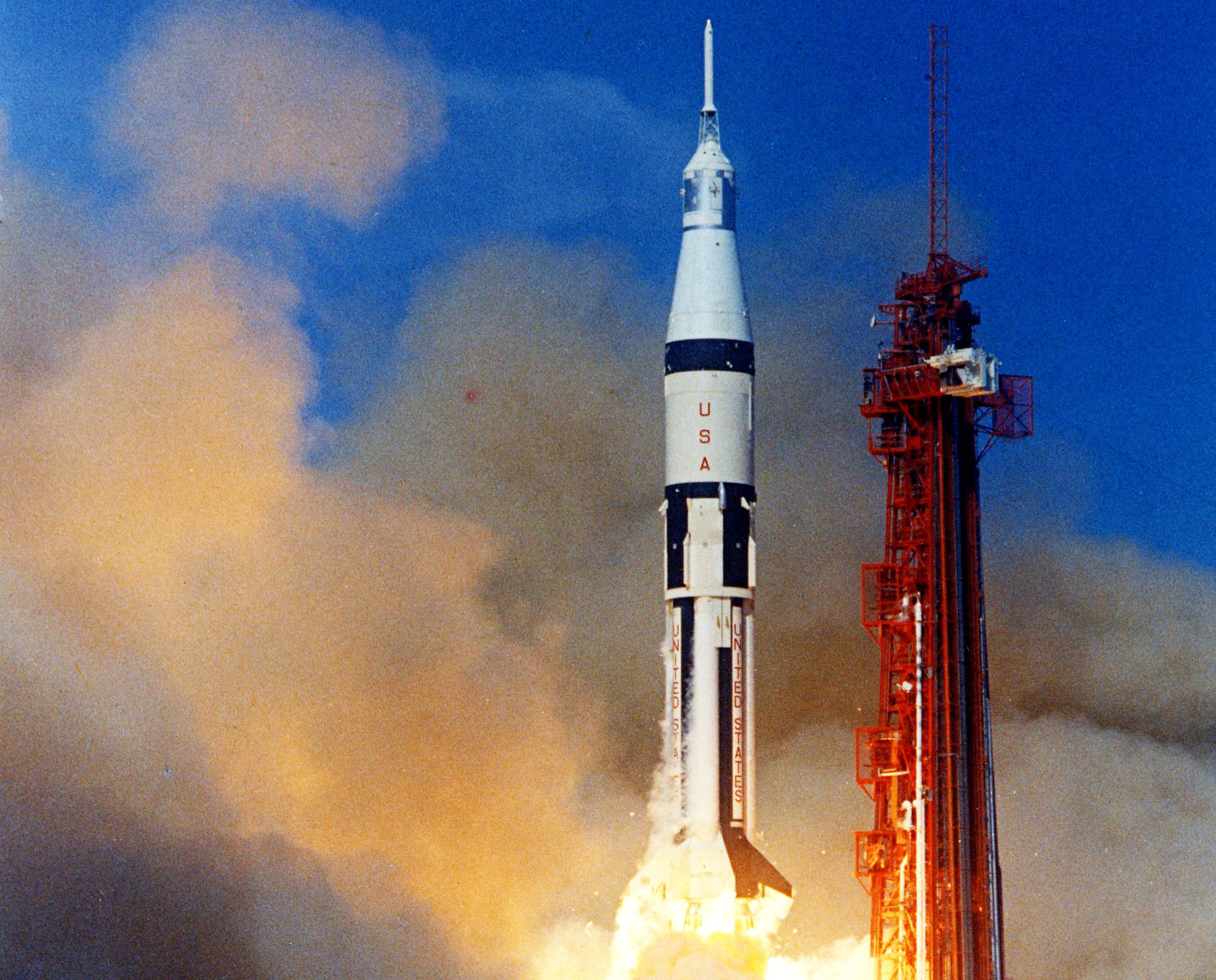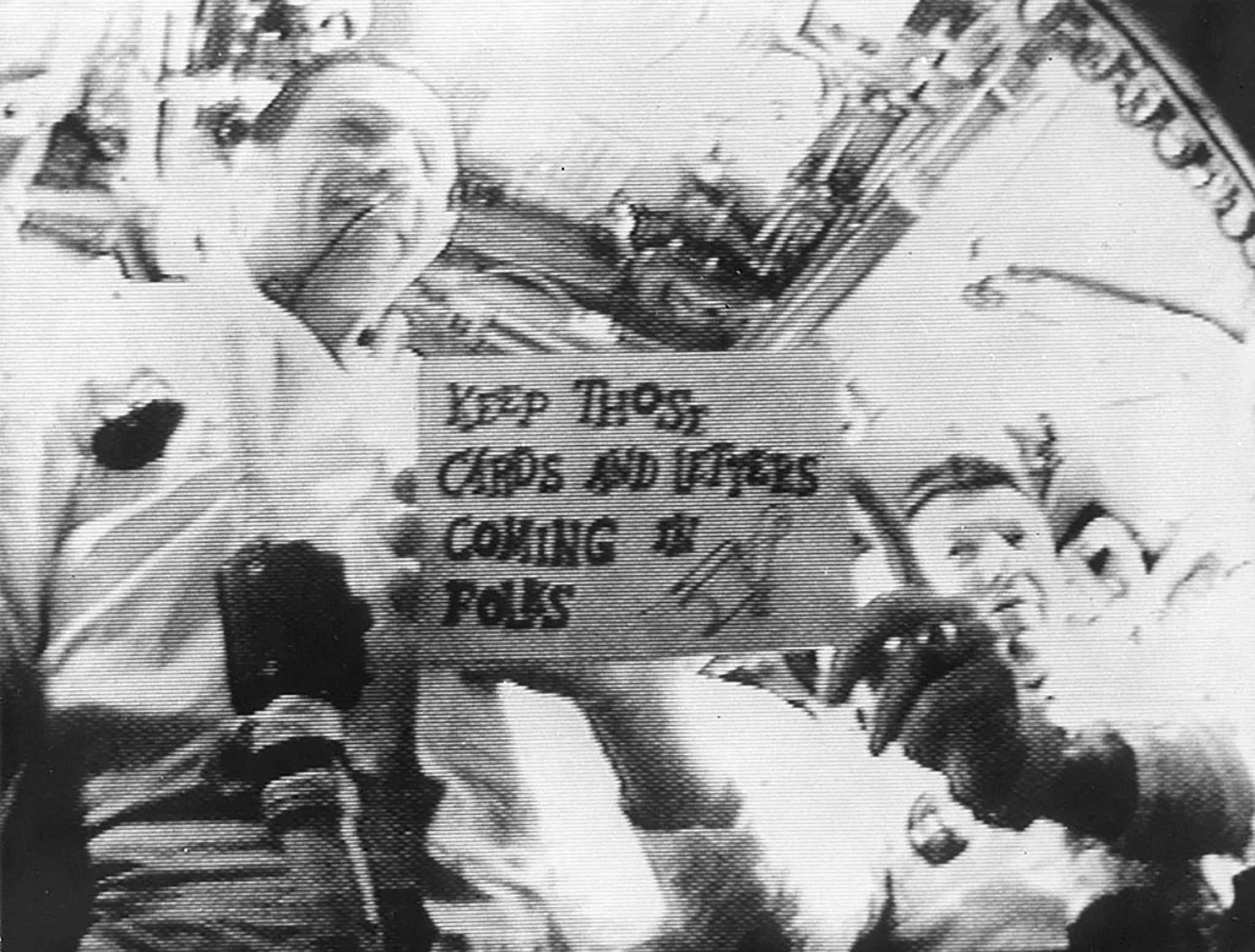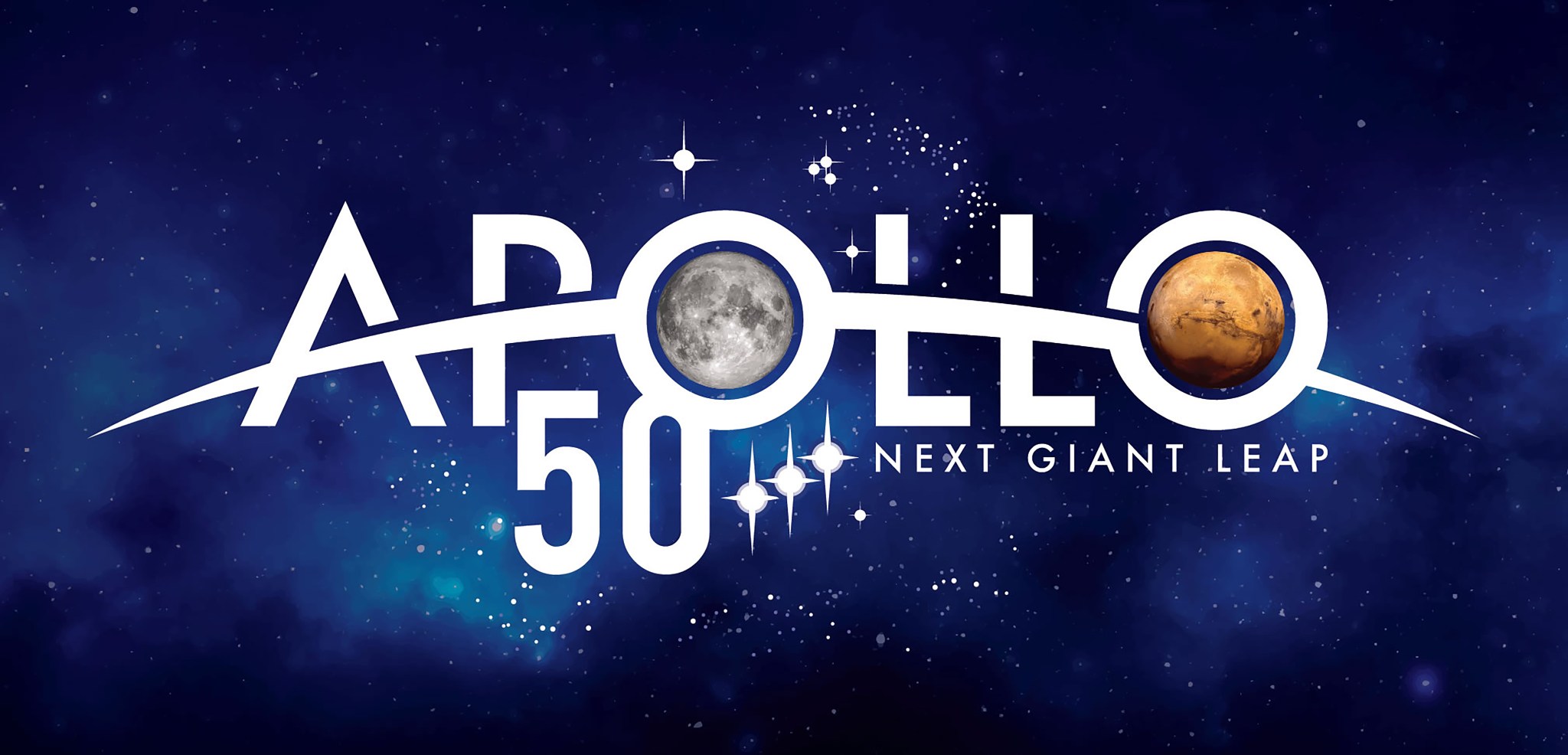By Bob Granath
NASA’s Kennedy Space Center, Florida
On Oct. 11, 1968, three American astronauts launched to Earth orbit aboard Apollo 7. It was the first piloted mission of the spacecraft designed to meet President John F. Kennedy’s challenge to land on the lunar surface.
The 11-day flight took place as the race to the Moon was heating up between the United States and the Soviet Union. A month earlier, the Soviets launched the unpiloted Zond 5, a simplified version of their Soyuz spacecraft designed for cosmonauts. The capsule became the first to circle around the Moon and return safely to Earth.
Both nations also were recovering from tragic losses. Three Apollo 1 astronauts perished in a launch pad fire on Jan. 27, 1967. That same year, the lone cosmonaut aboard Soyuz 1 died when the spacecraft crashed on April 24.
Following almost two years of Apollo spacecraft redesign and testing, Paul Donnelly, Launch Operations manager at NASA’s Kennedy Space Center in Florida, expressed confidence in the men and women who worked tirelessly to prepare for the flight.
“We have a great group of specialists from government and industry trained to work as a team,” he said. “Just as the astronauts are ready to fly to orbit, we are ready to get them there.”
Serving as commander of Apollo 7 was NASA veteran Wally Schirra, a U.S. Navy aviator and captain. He flew Mercury 8 on Oct. 3, 1962, and commanded Gemini VI on Dec. 15-16, 1965.
Schirra was joined by two members of the third astronaut class, both making their first spaceflight. Command module pilot Donn Eisele was a U.S. Air Force colonel and test pilot. Walt Cunningham had been a colonel and fighter pilot in the U.S. Marine Corps Reserve. Although there was no lunar module (LM) on this flight, as the third member of the crew, Cunningham was designated LM pilot.
Following a flawless liftoff atop a Saturn 1B rocket from Launch Complex 34 at Cape Kennedy (now Cape Canaveral) Air Force Station, the command-service module (CSM) separated from the second stage. Eisele then practiced a simulated LM docking. During launch with a LM, it would have been housed inside the adapter between the second stage and the CSM.
A key objective of Apollo 7 was testing spacecraft systems, especially the crucial service propulsion system (SPS) engine at the base of the spacecraft. On lunar missions, the SPS would be used to place the spacecraft in lunar orbit and later, fire the crew on a trajectory back home. On Earth orbital flights, the SPS would be fired to slow Apollo for reentry.
“Yabbadabbadoo,” he exclaimed in a favorite saying of the television cartoon character Fred Flintstone. “That’s like a ride and a half!”
The first test of the powerful SPS took place on flight day two. When it fired with 20,500 pounds of thrust, Schirra radioed that it was a real kick.
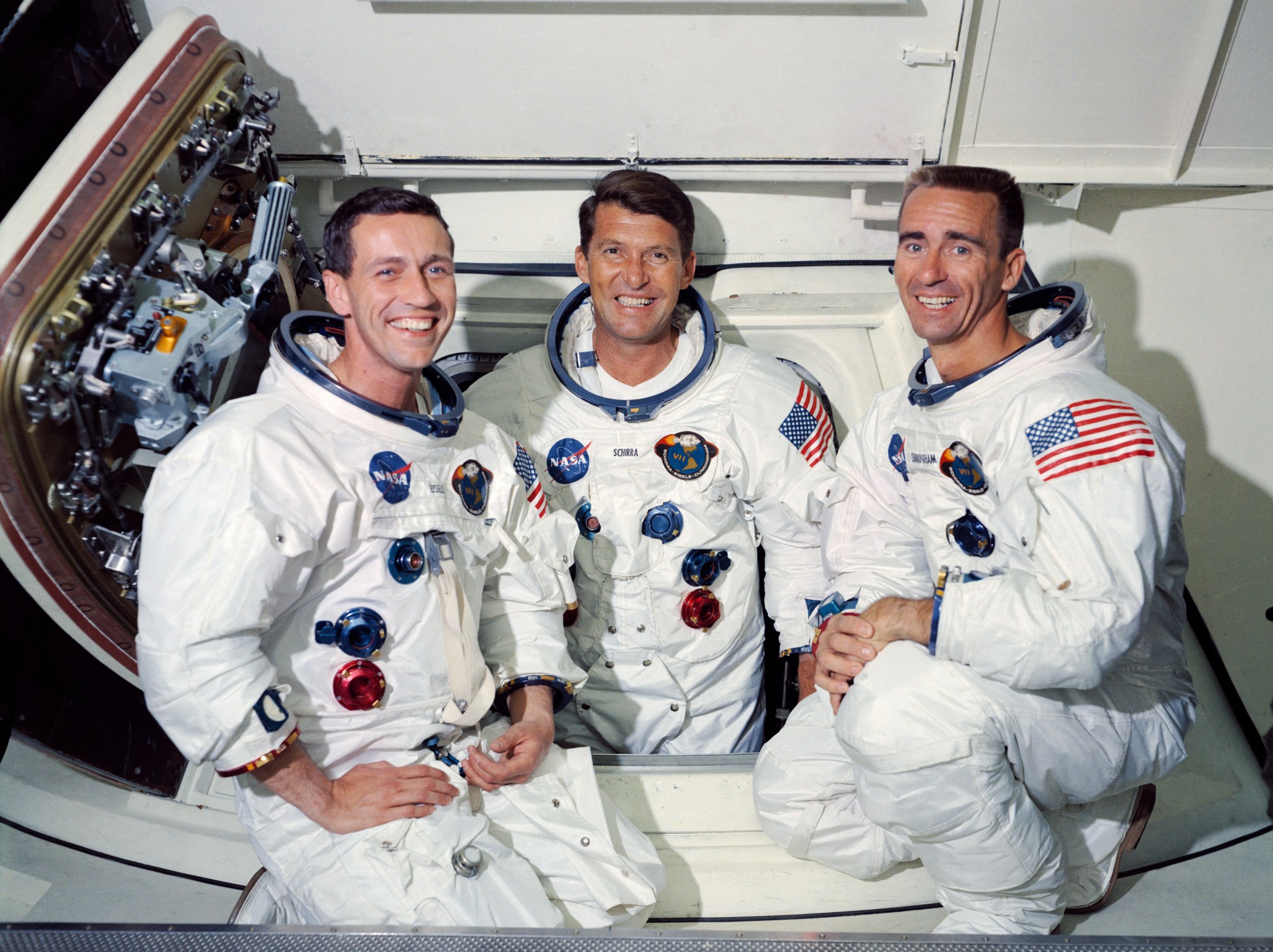
George Low, manager of the Apollo Spacecraft Program Office at NASA’s Manned Spacecraft Center (now Johnson Space Center) in Houston, later noted that all eight firings of the SPS went extremely well.
“We had a tremendous workout of the service propulsion system,” he said. “I believe that is more than any space propulsion system has ever been used in any one flight”
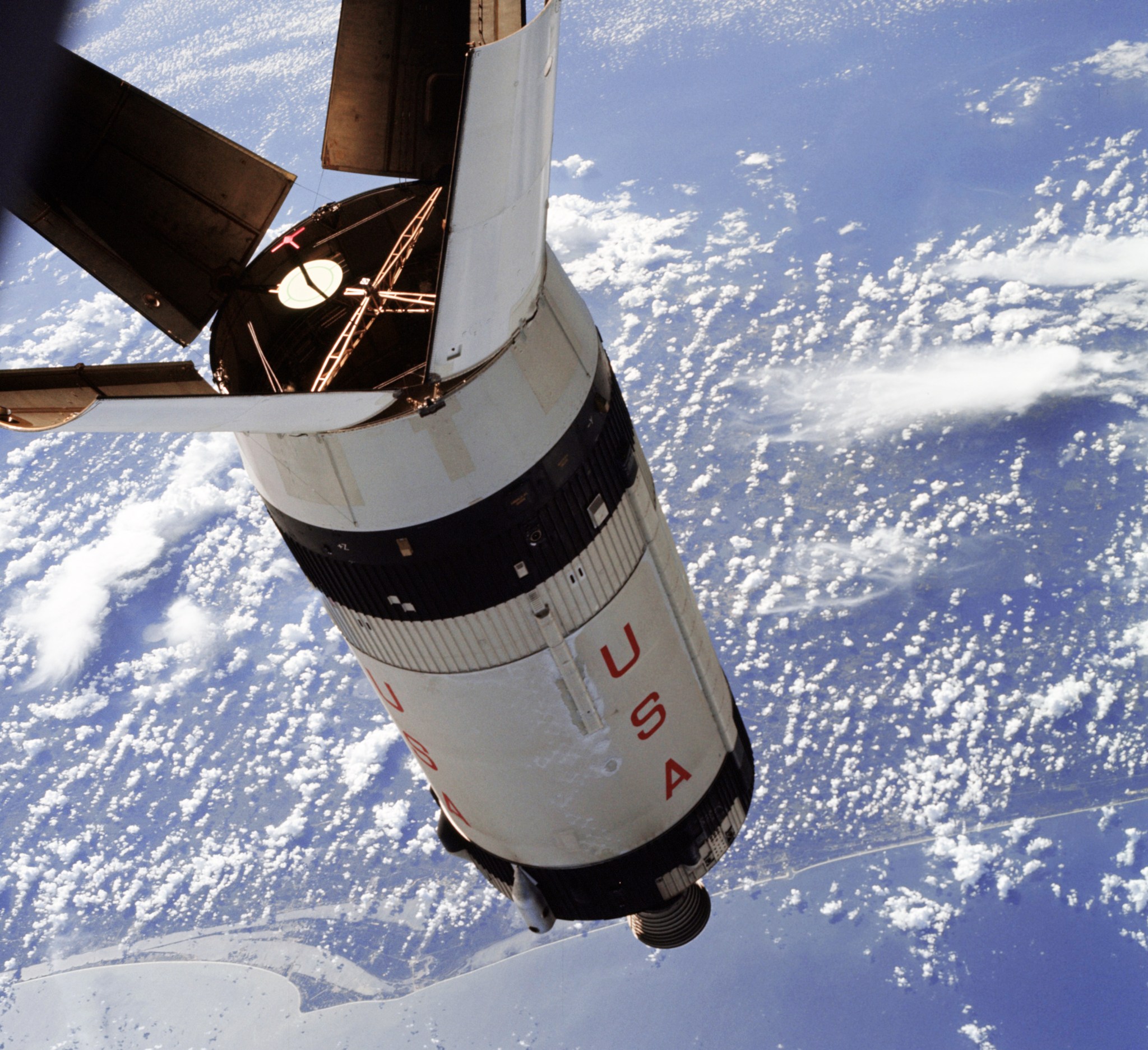
Another goal was broadcasting live television from the spacecraft. Three days after liftoff, the Apollo 7 camera was turned on, allowing Mission Control and viewers around the world to watch the crew in orbit.
“I can see Eisele there,” said spacecraft communicator Tom Stafford, a fellow astronaut. “He’s holding a sign and it says, ‘From the lovely Apollo room, high atop everything.’ “
The crew fired the SPS engine on Oct 22, splashing down in the Atlantic Ocean eight miles from the recovery aircraft carrier, the USS Essex.
After the flight, Schirra described the Apollo CSM as “a magnificent flying machine.”
Lt. Gen. Samuel Phillips, director of NASA’s Apollo Program Office, considered Apollo 7 a perfect mission.
“We were able to accomplish a major step in our progress toward the lunar landing,” he said. “I have every confidence that the progress of this mission will let us accomplish that by the end of next year.”
NASA Marks the Legacy of Apollo
From October 2018 through December 2022, NASA is marking the 50th anniversary of the 11 piloted Apollo missions that included landing a dozen Americans on the Moon between July 1969 and December 1972. Today, NASA is working to return astronauts to the Moon to test technologies and techniques for the next giant leaps – challenging missions to Mars and other destinations in deep space.
For more information about NASA’s plan for the future, visit:

